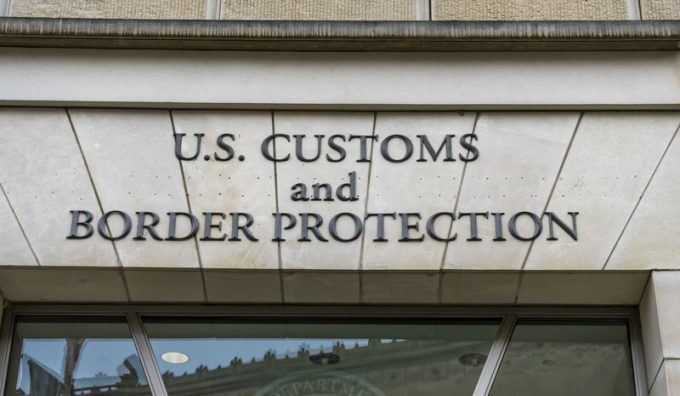Seko targets a slice of integrator market with launch of e-commerce unit
Seko Logistics is launching an e-commerce business unit to “lean into the integrators’ world” and ...

Shipments of smartphones, flat panel displays and health and safety equipment could be stuck in customs come 1 January if shippers have not made the requisite changes in Harmonised System (HS) codes.
The turn of the year brings the latest round of changes in the HS, which is administrated by the World Customs Organization (WTO) and updated every five years. It serves as the foundation for the import and export classification systems used in the US and by many trading partners.
HS2022 is the seventh edition and covers more ...
MSC Elsa 3 sinking – now the 'blame game' begins
Crew saved as MSC box ship, hit by 'monsoon' off Indian coast, sinks
After DSV 'cuts the cake' on Schenker acquisition, time for redundancies?
New services and reinstated blanked sailings boost transpacific capacity
Congestion fear as US west coast ports brace for transpacific cargo surge
$2.1bn E2open purchase will 'catapult WiseTech into a different dimension'
Houthis claim Red Sea safe for box ships not calling at port of Haifa
Bad news for shippers as wave of transpacific rate increases continues
Shippers hold their breath as Trump appeals court ruling that tariffs are illegal
No deals with carriers, say Houthis – Red Sea safe for non Israel-affiliated ships
Shippers brace for rate rise as smart phones expected to drive air cargo market
US importers stockpiling goods to avert autumn shortages amid tariff chaos

Comment on this article